Drum Kit Components
Drums are the heartbeat of music, providing rhythm and groove to countless songs across various genres. Whether you’re a beginner or an aspiring drummer, understanding the basics of drum kit components and setup is essential for getting started on your musical journey. In this guide, we’ll explore the fundamental elements of a drum kit and how to set it up for optimal playability.
A typical drum kit consists of several key components:
1. Bass Drum (Kick Drum)
The bass drum is the largest drum in the kit, typically played with a foot pedal. It provides the foundation of the rhythm and is responsible for the deep, booming sound in most drum beats.
2. Snare Drum
The snare drum is situated between the drummer’s knees and is played with drumsticks or brushes. It produces a sharp, cracking sound and is often used to accentuate beats and create rhythmic patterns.
3. Toms (Tom-Toms)
Toms are drums of varying sizes mounted on the drum kit’s shell or attached to a separate stand. They produce melodic tones and are used for fills and transitions in drumming patterns.
4. Hi-Hat
The hi-hat consists of two cymbals mounted on a stand, operated by a foot pedal. It produces a crisp, cutting sound when struck with drumsticks and can be opened and closed to create different sounds and rhythms.
5. Cymbals
Cymbals come in various types, including crash cymbals, ride cymbals, and splash cymbals. They are used to add accents, crashes, and shimmering effects to drum beats.
6. Drum Hardware
Drum hardware includes stands, pedals, and mounts used to support and position the drums and cymbals. Quality hardware is essential for stability and durability during drumming sessions.
Drum Kit Setup
Setting up a drum kit requires careful consideration of placement and ergonomics to ensure comfortable and efficient playing. Here’s a basic guide to drum kit setup:
1. Position the Bass Drum
Place the bass drum on the floor directly in front of you, with the front head (the side without the pedal) facing outward.
2. Set Up the Snare Drum
Position the snare drum between your legs at a comfortable height, with the drumhead parallel to the floor. Adjust the snare stand to ensure stability and ease of playing.
3. Arrange the Toms
Mount the tom-toms on the bass drum shell or on separate tom stands to the right of the snare drum. Position them within easy reach for seamless transitions between drums.
4. Place the Hi-Hat and Cymbals
Position the hi-hat stand to the left of the snare drum, within reach of your left foot. Place crash cymbals and ride cymbals on sturdy boom stands to the right and left of the drum kit, respectively.
5. Adjust Drum Throne Height
Set the height of your drum throne (stool) so that your thighs are parallel to the floor when seated. This position ensures proper posture and balance while drumming.
6. Fine-Tune Placement
Make minor adjustments to drum and cymbal positions as needed to optimize reach and comfort. Experiment with different setups to find the arrangement that works best for your playing style.
Understanding the basic components and setup of a drum kit is the first step towards becoming a proficient drummer. By familiarizing yourself with the various drums, cymbals, and hardware, and learning how to arrange them for optimal playability, you’ll be well on your way to mastering the art of drumming. So grab your sticks, set up your kit, and let the rhythm take you on a musical journey like no other!







